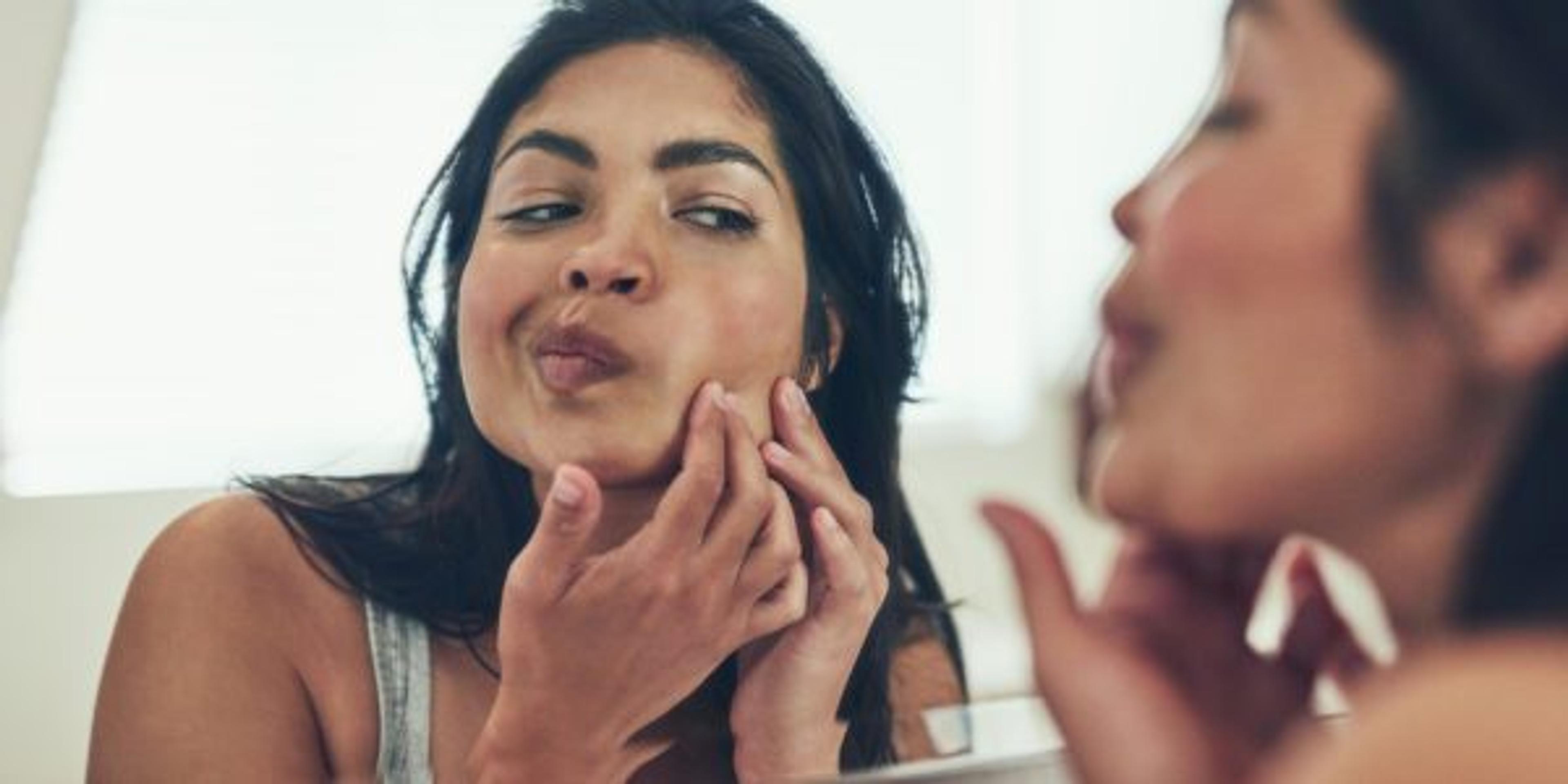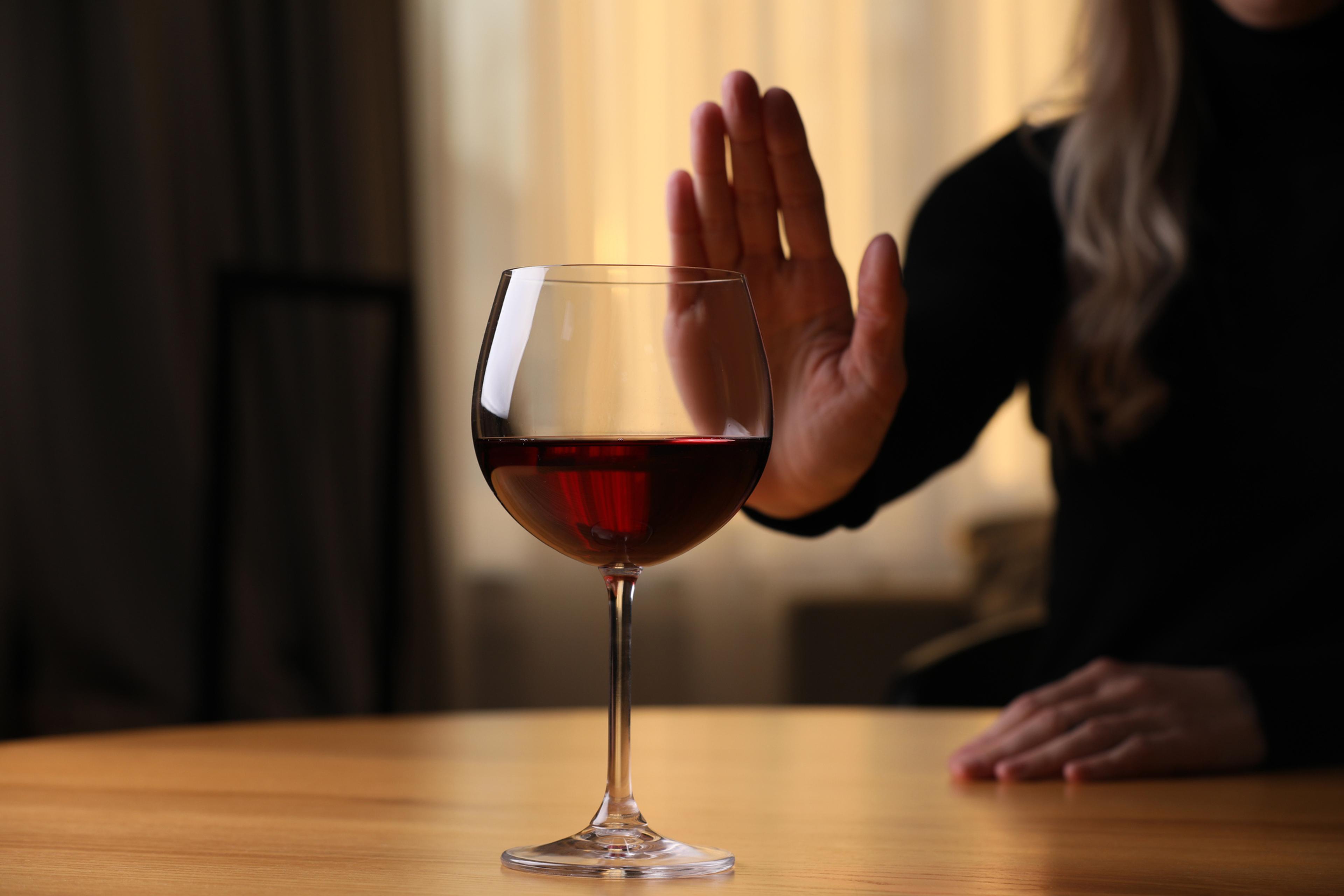What Your Acne Could Be Saying About Your Health
Shandra Martinez
| 3 min read

Annoyed. Exasperated. Frustrated. A person is likely to feel all those emotions and more when they see an acne outbreak staring back at them from the mirror. This red, blister-like and sometimes raw-looking skin condition can be tough to tame, and it can flare up at the most inconvenient times: school pictures, a big date or an adventure where lots of pictures are sure to be posted on social media. But even more than that, people who are prone to acne need to know there could be an underlying message. What is your acne actually saying about your overall health?
Acne by the numbers. People with acne should not feel like they’re being singled out with this skin condition. According to the American Academy of Dermatology (AAD), acne affects more than 50 million teens and adults in the U.S. each year, and is the most common skin condition in this country. A lot of acne cases can be treated with over-the-counter products, but some will require a dermatologist’s care. Some fast facts:
- Acne typically first appears in puberty.
- About 85% of people ages 12 to 24 have had at least some minor acne.
- Acne can appear at any time in a person’s life.
- It can continue to appear into a person’s 40s.
- The number of adult acne cases is on the rise, with women accounting for about 15%.
- Acne treatment costs and the price of lost productivity for related medical appointments can top $1 billion each year.
Different kinds of acne. Not all acne looks the same or appears in the same places. Chin, forehead, cheeks, back and neck are all primary targets for a breakout. The different types of acne blemishes can require different treatments. Here are the basic types, according to the AAD:
- Blackheads and whiteheads: Like their names imply, these appear as two different colors. Blackheads happen when pores stay open, but become clogged with excess oil, old skin cells and bacteria. Whiteheads are clogged pores that close up, making a small bump that looks white.
- Blackheads + pimples: A combination of blackheads and regular pimples in the same area.
- Papules: These are also called “early pimples” and look like a rash of red, small bumps. They can feel rough, like sandpaper.
- Pustules: These look like papules but have a yellow or white fluid or pus inside them.
- Nodules and cysts: These can appear angry and red, almost like a boil. They can cause acne scars even after they heal, so a dermatologist’s help is usually needed to treat them.
Acne can be worse in the winter: Moderate to severe acne cases tend to rise in the winter, studies have shown. So, if you’re noticing a breakout about the same time you’re digging out your winter hats and boots, you are probably not alone. Sebum – a kind of oil secreted by your skin – is meant to help keep your skin moisturized in cold, dry weather. But an excess of sebum can also spur more clogged pores and seasonal breakouts, according to an article in TIME.
Is acne linked to what you eat? Dermatologists say more research is needed to know for sure if acne outbreaks are linked to how healthy you keep your daily diet. Right now, they say it’s possible some foods that spike your blood sugar level and cause inflammation in your body can then contribute to acne. These include high-glycemic and processed foods like:
- Potato chips
- French fries
- White bread
- Doughnuts
- Pastries
- Milkshakes
- White rice
- Sugary drinks
- Potatoes
Related:
Photo credit: Getty Images





